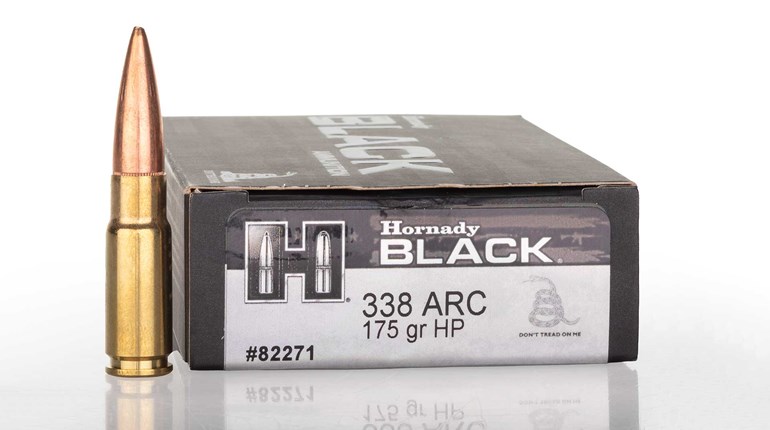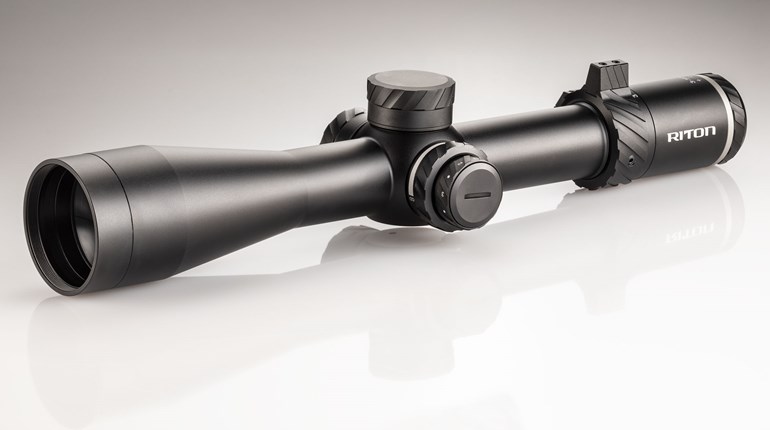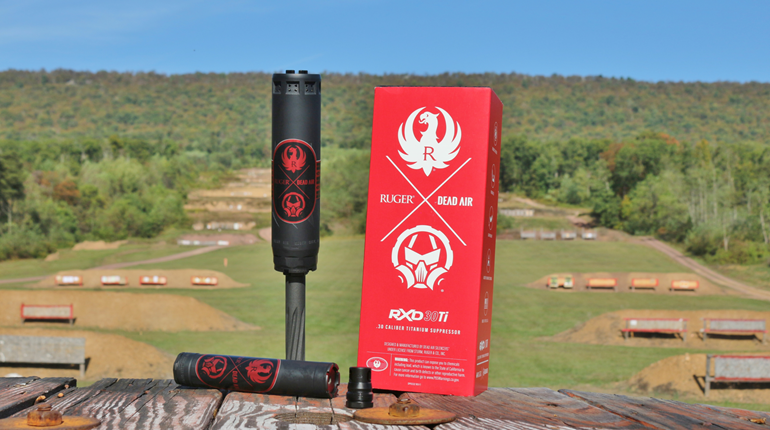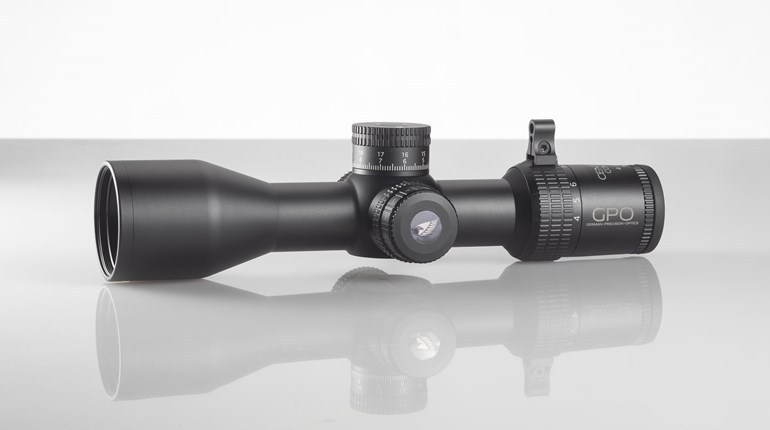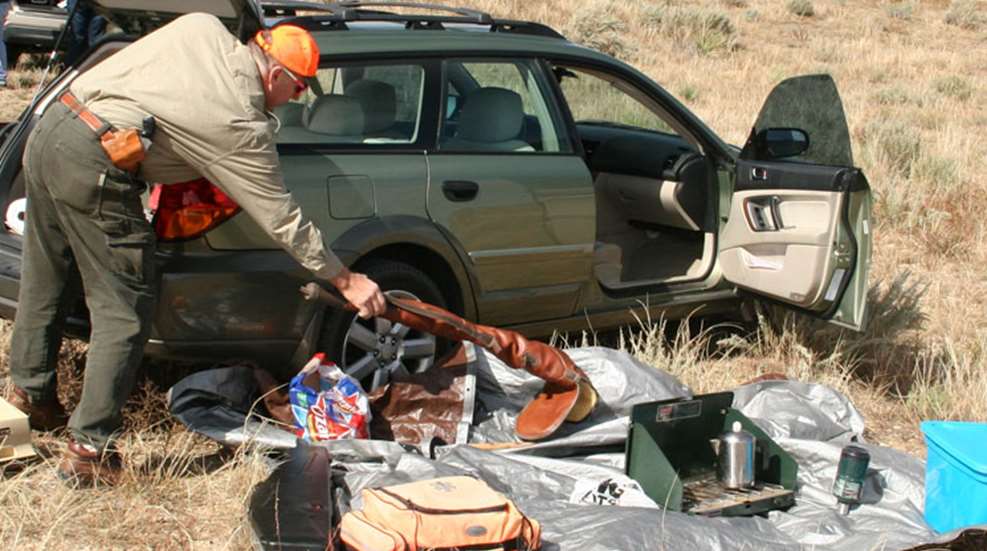
Although firearms are safe and predictable, people often aren’t. Poor-acting patrons or range safety staff can and should inspire you to visit another facility or just come back later. With close to 30 years’ worth of shooting experience under my belt, I have visited dozens of ranges and had hundreds of interactions with other members of the shooting community. By and large, most were favorable; however, after a few of them, I decided it was better to go fishing that day. Here are five scenarios when I’ll immediately pack my bags and shoot elsewhere.
Criminal activity
This is rare, and it can be tough to spot, but criminal activity tops the list. Observing range attendees using, buying or selling drugs should be a red flag and should be reported to management, as not only is it likely illegal, but few activities are more dangerous on the firing line. Overhearing plans to cause harm should also get your feet moving, and if possible, try to memorize what the individuals look like. It’s not a bad idea to contact local law enforcement either. Shooting from vehicles or witnessing the rehearsal thereof ought to also be cause for concern and note-taking. Above all, be nonchalant about your observations and your departure, and never, for any reason, get into a confrontation.
Arguments between two patrons
Just like everywhere else, if you put the wrong two people in a room together, tempers might flare. If you’re new to the range, you might be concerned this will end in gunfire, but the truth is that is seldom the case. Most people’s moral compass precludes them from murder, but if push comes to shove (literally) and a firearm is involved, there is always the chance for a negligent discharge or other equally dangerous scenario. As I write these words, I recall a time when two school-age children were tugging a rifle back and forth, arguing over whose turn it was to shoot. Dad only made things worse by screaming at them from two benches over. If things get hot, consider taking a bathroom break. If the situation isn’t resolved when you get back, take a hike.
Poor gun handling
Dangerous gun handling doesn’t always require two participants. If you’re on the range with somebody who doesn’t have any regard for the safety of the other shooters, it might be time to pack it in. Some examples of unsafe gun handling include pointing the firearm at anything other than the target area, particularly when bringing it to or from the shooting point. Watch for this, particularly during the casing and uncasing procedure. Handling firearms when others are downrange is another no-no. This includes activities that don’t involve ammunition, like dialing a scope or cleaning as well.
In these instances, I try to educate them as gently as possible. However, if my words seem to antagonize them, I take off and alert management on the way out.
Bullets can be lethal long after they have left the muzzle. This includes after they have made contact with the backstop or a hardened target. If you are shooting at an indoor range and projectile pieces are coming back to the firing line, immediately call a cease-fire and address the situation. Often, it’s as simple as somebody using ammunition that the range isn’t built to handle or an incorrectly positioned target.
When placing a target, ensure that your shots will pass through it and go directly into the backstop by putting your sights to the left or right of it once hung. If your target is too low (or long), you will create a downward angle, and bullets will ricochet off the floor. If your target is too small (or short), your shots will impact the ceiling or the target retrieval system. If you notice a patron making these mistakes, gently explain to them the issue. If they are stubborn and uncooperative, it’s best to leave and let management know on the way out.
Poor ventilation
Smoke of any sort is dangerous to inhale, regardless of how good it smells! This is especially true at a gun range. As the range ventilation system cycles air away from the firing line and out an exhaust duct, the filtering system will foul and eventually clog. When this happens, airflow is restricted, and you’ll notice your gunsmoke just hanging stagnant. Lax maintenance employees or penny-pinching owners are typically the source of this phenomenon, so should you see this happening, voice your concerns at the front desk. Many times, they appreciate the information and can quickly remedy the situation. Heck, I’ve even had a time when they simply forgot to flip the “on” switch!
On the other hand, your efforts are sometimes met with the occasional excuse or unprofessional pandering. If that’s the case, just leave; there are always other places to shoot.













